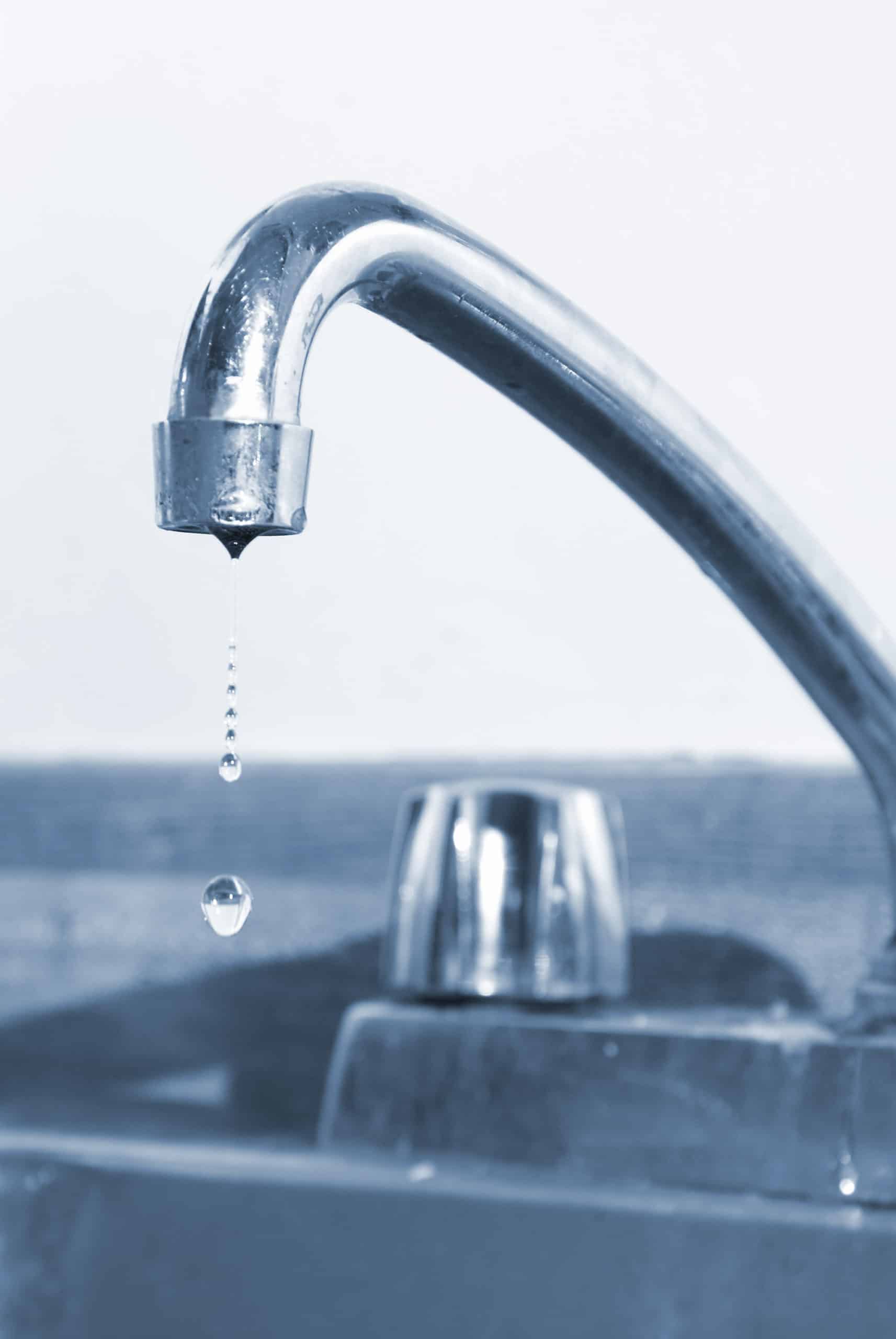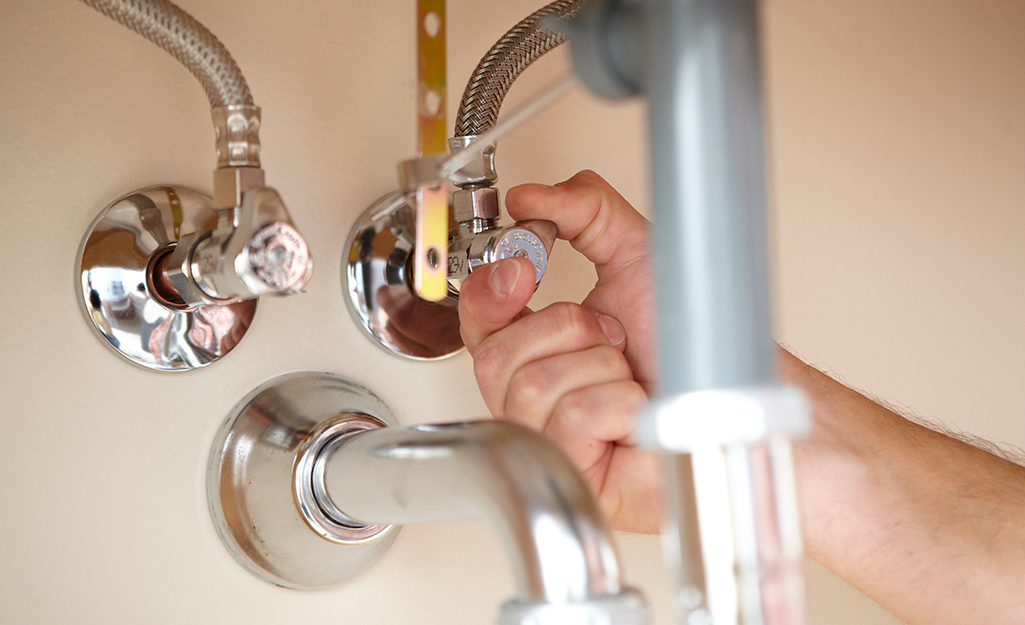Discovering the Significance of Repairing a Dripping Faucet
Discovering the Significance of Repairing a Dripping Faucet
Blog Article
Each person maintains their own unique piece of advice involving Why Are My Faucets Dripping (And Can I Fix It Myself)?.

Trickling taps could seem like a minor inconvenience, but their impact exceeds just the inconvenience of the noise. From wasting water to sustaining unneeded monetary expenses and health and wellness risks, disregarding a dripping faucet can bring about numerous effects. In this article, we'll delve into why it's crucial to address this common household concern without delay and efficiently.
Wastefulness of Water
Environmental Effect
Dripping taps add considerably to water waste. According to the Environmental Protection Agency (EPA), a single tap dripping at one drip per secondly can squander more than 3,000 gallons of water per year. This not only pressures water resources but also impacts ecological communities and wild animals dependent on them.
Step-by-Step Overview to Fixing a Dripping Tap
Tools Required
Before attempting to take care of a trickling tap, gather the necessary tools, including a flexible wrench, screwdrivers, replacement components (such as washers or cartridges), and plumber's tape.
Common Tap Issues and Their Solutions
Determine the type of tap and the particular problem triggering the drip. Usual issues include worn-out washing machines, rusty valve seats, or defective O-rings. Refer to maker instructions or online tutorials for step-by-step assistance on repair services.
Financial Expenses
Increased Water Bills
Beyond the environmental impact, dripping faucets can blow up water costs considerably. The gathered wastefulness gradually converts right into higher utility costs, which could have been avoided with prompt repairs.
Prospective Property Damages
In addition, extended dripping can cause damage to components and surfaces surrounding the tap. Water accumulation can create staining, corrosion, and even architectural issues if left neglected, resulting in extra repair expenses.
Wellness Concerns
Mold And Mildew and Mold Growth
The constant existence of dampness from a dripping faucet produces an optimal setting for mold and mildew and mold growth. These fungis not only endanger interior air quality yet also posture health and wellness risks, specifically for people with respiratory conditions or allergies.
Waterborne Illness
Stationary water in leaking faucets can end up being a breeding ground for germs and various other virus, increasing the risk of waterborne illness. Impurities such as Legionella microorganisms flourish in stagnant water, possibly causing serious ailments when consumed or inhaled.
DIY vs. Expert Repair work
Pros and Cons of Do It Yourself Repair
While some might attempt to repair a leaking faucet themselves, DIY repair work come with their own collection of difficulties. Without proper knowledge and devices, DIY efforts can worsen the issue or lead to insufficient repair work, lengthening the issue.
Advantages of Working With an Expert Plumber
Hiring an expert plumber ensures that the underlying root cause of the trickling faucet is resolved efficiently. Plumbers possess the experience and equipment to identify and repair faucet problems effectively, conserving time and decreasing the risk of further damage.
Environmental Obligation
Private Payment to Preservation
Taking duty for dealing with leaking faucets aligns with broader efforts toward water preservation and ecological sustainability. Every person's activities collectively make a significant impact on preserving priceless sources.
Sustainable Living Practices
By focusing on punctual repair work and taking on water-saving practices, people contribute to lasting living practices that benefit both existing and future generations.
Preventive Measures
Routine Upkeep Tips
To avoid trickling faucets, execute routine upkeep such as cleansing aerators, evaluating for leaks, and changing damaged parts immediately. In addition, think about setting up water-saving tools or upgrading to much more reliable components.
Importance of Prompt Fixes
Resolving dripping faucets as quickly as they're discovered stops more water wastefulness and possible damages, inevitably conserving both water and cash in the long run.
Impact on Residential Property Worth
Assumption of Well-Maintained Building
Keeping a property in good condition, including resolving upkeep problems like dripping taps, boosts its regarded value and desirability among prospective customers or lessees.
Impact on Resale Value
Residences with well-kept plumbing components, consisting of faucets, command higher resale values in the property market. Resolving leaking taps can contribute to a favorable perception throughout building evaluations and arrangements.
Final thought
Resolving a dripping tap surpasses mere comfort; it's an essential step toward saving water, minimizing economic costs, and protecting wellness and property. Whether through DIY repair work or expert aid, doing something about it to fix dripping faucets is a small yet impactful way to promote accountable stewardship of resources and contribute to a healthier, more sustainable future.
How to Fix a Leaky Faucet: Step-by-Step Repair Guide
A leaky faucet may seem like a simple annoyance, but if it's not fixed promptly, that leak could cost hundreds to potentially thousands. From water damage to mold, mildew, and high water bills, even a tiny leak can be catastrophic if left unattended. Damage like this can even affect the overall value of your home, so it's important to take the right approach for leaky faucet repair. You may need the help of a plumber in some cases, but we've got a few tips you can try on how to fix a leaky faucet before calling the pros.
Four Faucet Types
When you're learning how to fix a leaky faucet, the first step is knowing what kind of faucet you're working with! There are four common types.
Cartridge Faucets
Cartridge faucets come in one- or two-handled varieties. In one-handled cartridge faucets, hot and cold water combines in a single cartridge. In the two-handled versions, hot and cold water are controlled separately and mixed in the faucet.
Ball Faucets
Ball faucets have a single lever you push up and down to adjust the pressure and rotate to change the temperature. A slotted metal ball controls the amount of water allowed into the spout.
Compression Washer Faucets
They're the oldest type of faucet, but they're still used in many homes — especially older ones. Compression faucets have two separate handles that, when turned, raise or lower the washer that seals a water valve. This valve stops water from flowing through the faucet when it is turned off.
Disc Faucets
Disc faucets rarely need to be repaired due to their maintenance-free design. The water flow is controlled by two discs — the upper one raises and lowers against a fixed lower disc, creating a watertight seal. If your disc faucet starts leaking, you may need to replace the seals or clean residue buildup from the inlets.
Fixing a Leaky Faucet
Step 1: Turn Off the Water
Whether you're learning how to fix a leaky bathtub faucet or how to fix a leaky kitchen faucet, always turn off the water supply to your working area when you're fixing a leak. The last thing you want is a flood added to your list of things to fix.
Look for the shutoff valves below your sink or around the tub and turn them clockwise to stop the water flow. If your faucet doesn't have shutoff valves, you may need to turn off the water for the whole house. Check to make sure it's off by turning the faucet on. If nothing comes out, you're ready to start the repair.
Step 2: Take Apart the Faucet
How you disassemble your faucet depends on the type of fixture you have. You can use a flathead screwdriver to remove the caps on top of the handle or handles for cartridge and compression faucets. Inside, you should see handle screws. Unscrew these with a screwdriver to remove the handle.
Disc- and ball-style faucets will typically have an inlet screw near the handle, and removing that will reveal the interior of the faucet.
Detach the Valve Stem
For cartridge- and compression-style faucets, you'll see the inner valve stem or cartridge once you remove the faucet handles. If you have a compression faucet, unscrew the brass valve stem. If you have a cartridge faucet, pull out the cartridge. If your cartridge has been in place for a while, it may require some tools or extra force to remove it due to mineral deposits.
Examine and Replace Parts
Once you've removed the parts, check them out to confirm what needs to be replaced. You may see corroded rubber washers, O-rings, stems, or cartridges. On a ball-style faucet, check the seats and springs for damage.
If you need to repair a leaky disc faucet, check the inlet and seals on the lower disc.
Once you determine what parts must be replaced, visit your local hardware store. Bring the damaged parts with you to ensure you can purchase the correct components to replace them.
Clean Valves and Faucet Cavity
If you've removed a stem or cartridge, you may notice mineral buildup in the faucet's threads. Use white vinegar to clean the valve seat by soaking it for a few minutes, then scrub it away with a soft toothbrush and rinse with warm water. You can also clean the interior of the faucet in the same way.
Reassemble the Faucet
Once your faucet is cleaned and the required parts have been replaced, it's time to reassemble it. Put the pieces back together and slowly turn the water supply back on. Doing this slowly is crucial because too much initial water pressure can damage the new hardware you've just installed.
https://homewarranty.firstam.com/blog/how-to-fix-leaky-faucet

As an avid reader on Why Are My Faucets Dripping (And Can I Fix It Myself)?, I thought sharing that excerpt was a smart idea. Liked our content? Please quickly share it. Help others check it out. I love reading our article about How to Fix a Dripping or Leaky Faucet .
Report this page